7 Innovative Tips for Sourcing the Perfect Acoustic Wood Slat Wall for Your Next Project
In recent years, the demand for Acoustic Wood Slat Walls has surged as designers and architects prioritize both aesthetics and acoustics in their projects. According to a report from Research and Markets, the global acoustic panel market is expected to grow significantly, driven by the increasing awareness of sound management in various environments, from open offices to residential spaces. Acoustic Wood Slat Walls not only enhance the visual appeal of a space but also provide critical sound absorption, improving the overall acoustic performance of interiors. As more professionals look for innovative solutions to meet their design and acoustic needs, sourcing the perfect Acoustic Wood Slat Wall becomes essential. This article presents seven innovative tips to help you navigate this process effectively, ensuring that your next project achieves both style and functionality.
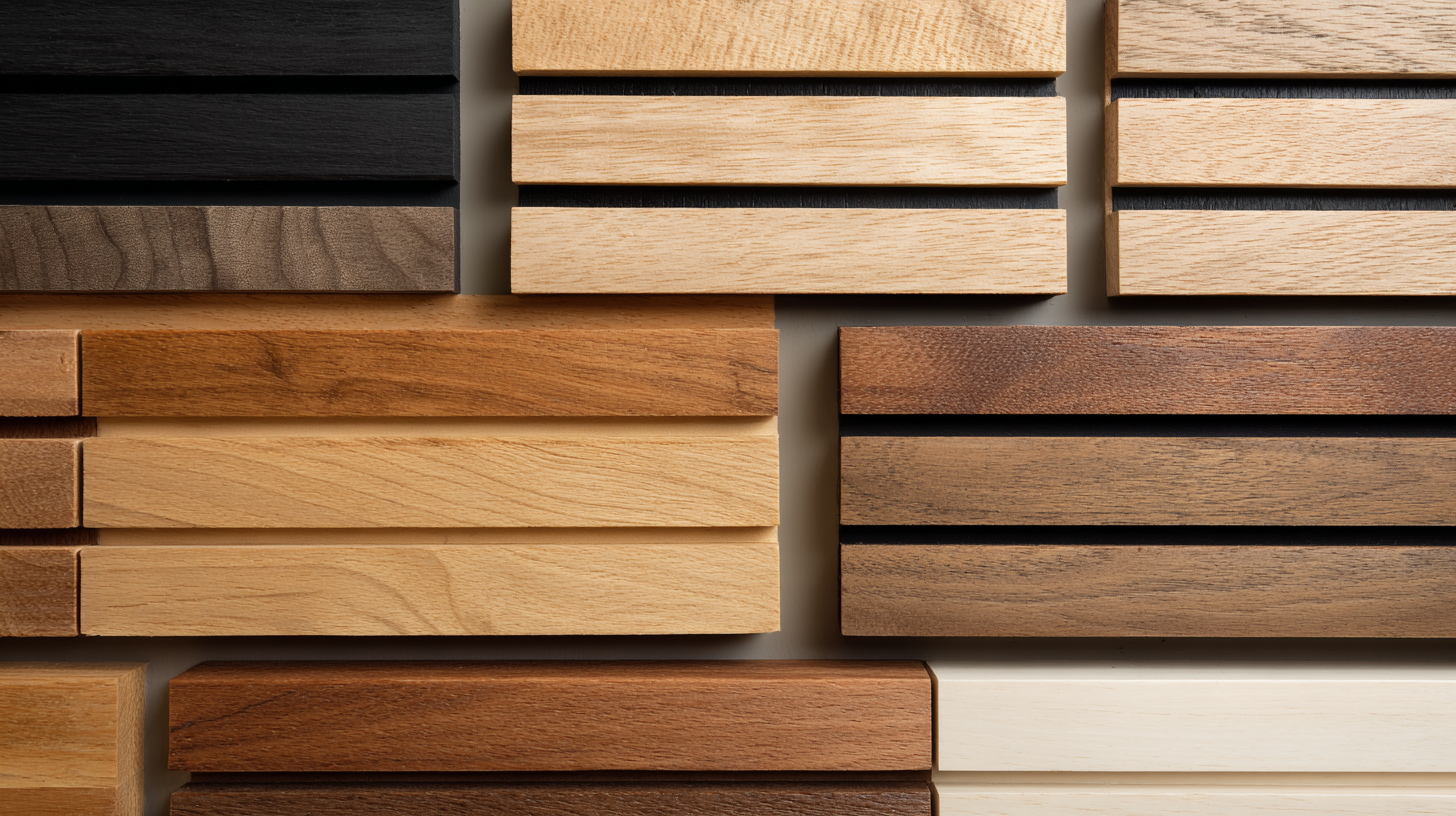
Understanding Acoustic Performance Metrics for Wood Slat Walls
When selecting the perfect acoustic wood slat wall for your next project, understanding acoustic performance metrics is crucial. Factors such as NRC (Noise Reduction Coefficient), STC (Sound Transmission Class), and absorption coefficients are essential in evaluating how well the material will perform in absorbing and isolating sound. Recent developments in wooden acoustic panels, especially those integrating high-density materials, have shown promising results in enhancing sound quality in commercial spaces, blending effective sound control with aesthetic appeal.
Incorporating innovative materials like banana fiber for acoustic insulation can further optimize sound management. The acoustic properties of these fibrous structures allow for effective absorption, providing a sustainable option for environmentally conscious projects. Additionally, advancements in soundproofing technologies, such as vibration-damping systems, demonstrate a rising trend towards holistic approaches that combine aesthetic design with functional performance. By focusing on these key acoustic metrics and contemporary materials, designers can create spaces that not only look good but also promote acoustic comfort and wellbeing.
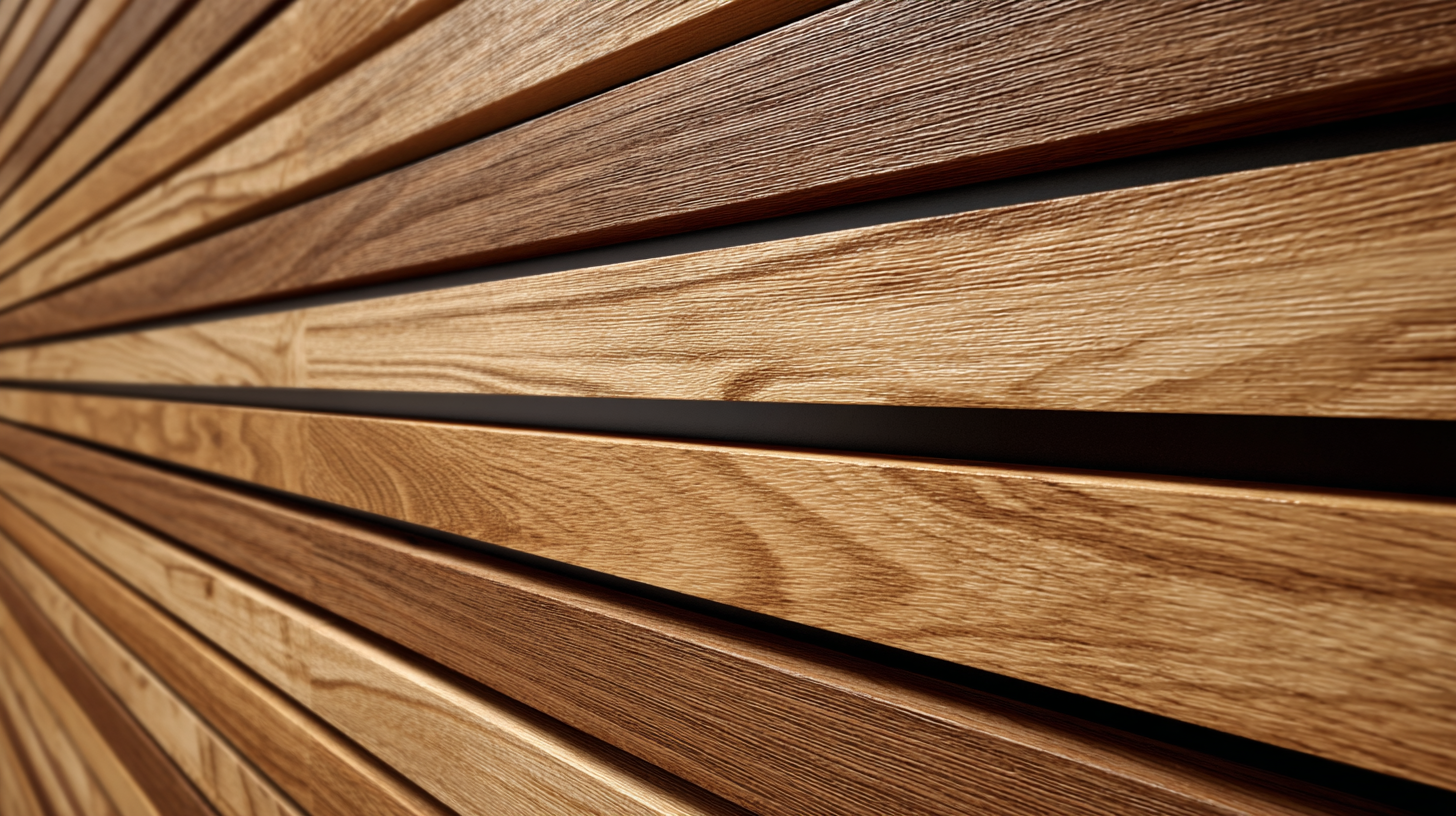
Exploring Sustainable Sourcing Options for Acoustic Materials
As the demand for sustainable building materials continues to rise, sourcing acoustic wood slat walls has become a priority for architects and designers committed to environmentally friendly practices. According to a report by the Sustainable Forestry Initiative, sustainable sourcing of wood not only contributes to the reduction of carbon footprints but also aids in preserving biodiversity. By opting for sustainably harvested materials, projects can significantly lower their environmental impact while enhancing aesthetic appeal and acoustic performance.
Innovative sourcing strategies can further advance sustainability efforts. For instance, utilizing reclaimed wood from deconstructed buildings not only minimizes waste but also adds unique character to acoustic installations. A study by the Forest Products Laboratory indicates that reclaimed wood can perform comparably to newly harvested wood in acoustic properties, making it an ideal choice for projects aiming for both functionality and ecological responsibility. Collaborating with suppliers who prioritize transparency in their sourcing practices is essential, as it ensures that the materials used align with the project's sustainability goals. As the industry evolves, embracing these practices will not only meet the growing consumer expectation for sustainable options but also foster a more responsible approach to acoustics in design.
Acoustic Wood Slat Wall Sourcing Options
Analyzing Aesthetic Trends in Design for Acoustic Wood Slat Walls
When considering the design of acoustic wood slat walls, it's important to stay attuned to current aesthetic trends that can significantly enhance the overall ambiance of a space. The rise of natural materials in interior design has driven a renewed interest in wood finishes that not only provide acoustic benefits but also add warmth and character to environments. Recent trends highlight the appeal of minimalist designs that emphasize clean lines and organic textures, making wood slat walls an ideal choice for modern residential and commercial projects alike.
Furthermore, the diversity of acoustic wood slat options is expanding, allowing designers to experiment with different textures and patterns that can reflect the personality of a space. The WPC wall panel market, driven by user preference for sustainable and versatile materials, sees a growing demand for composite solutions that balance aesthetics and functionality. As designers explore hybrid materials, the integration of wood fibers with plastics is becoming notable, offering innovative ways to achieve both sound absorption and visual appeal, thus keeping pace with the evolving trends in contemporary design.
Maximizing Cost-Efficiency: Budgeting for Acoustic Slat Wall Projects
When planning an acoustic slat wall project, budgeting is crucial to ensure a seamless execution while maximizing cost-efficiency. Start by researching various materials and designs to find options that align with both your aesthetic goals and budget constraints. Acoustic wood slats come in different finishes and qualities, so it’s important to compare prices from multiple suppliers. Moreover, consider sourcing locally to reduce transportation costs and support local businesses.
Additionally, think about the installation process. DIY options can significantly cut down labor costs, but if professional assistance is needed, gather multiple quotes to ensure you get the best price. Some suppliers even offer installation services at a discount when you purchase materials from them. Factor in any additional costs like shipping and taxes, and don’t forget to allocate a portion of your budget for unforeseen expenses, which can arise during any construction or design project. This thorough budgeting approach will help ensure your acoustic wood slat wall enhances both the acoustics and aesthetic of your space, without straining your finances.
7 Innovative Tips for Sourcing the Perfect Acoustic Wood Slat Wall for Your Next Project - Maximizing Cost-Efficiency: Budgeting for Acoustic Slat Wall Projects
| Tip | Description | Estimated Cost ($) | Potential Savings (%) |
|---|---|---|---|
| Research Material Options | Examine different wood species for acoustic quality and cost. | 500 | 15 |
| Bulk Purchasing | Buy in large quantities for discounts from suppliers. | 2000 | 20 |
| Consult with Experts | Get advice on the best materials and installation techniques. | 300 | 10 |
| Evaluate Local Suppliers | Source materials from local vendors to reduce shipping costs. | 600 | 12 |
| Consider Pre-Fab Options | Utilize pre-fabricated panels for quicker installation. | 1500 | 18 |
| Negotiate Pricing | Discuss potential discounts based on project scope. | 700 | 15 |
| Plan for Waste | Account for potential waste in your budget estimate. | 400 | 10 |
Finding Reliable Suppliers: Key Factors to Evaluate Acoustic Wood Slat Sources
When sourcing the perfect acoustic wood slat wall for your next project, it's crucial to evaluate potential suppliers based on several key factors. As trends in sustainable building materials continue to evolve, the importance of assessing innovative production technologies cannot be overstated. According to recent studies, sustainable materials are projected to experience a compound annual growth rate (CAGR) of over 12% throughout the next five years, driven largely by advancements in performance and sustainability standards within the industry.
One of the first tips for evaluating suppliers is to investigate their commitment to sustainable practices. Look for manufacturers who prioritize sourcing their wood from responsibly managed forests. This not only ensures a lower environmental impact but also enhances the durability and acoustic performance of the wood slats. Additionally, consider suppliers who utilize innovative production technologies that enhance the material properties of their products without compromising on sustainability.
Another essential factor to consider is the range of customization options offered by the suppliers. A reputable supplier should provide a variety of finishes and wood species, allowing you to select options that best fit your design aesthetic while meeting acoustic requirements. Data indicates that acoustic wood slat walls can reduce noise levels by up to 30%, making them an effective solution for both commercial and residential spaces. By prioritizing these key factors, you can confidently find reliable suppliers that will help elevate your next project with superior acoustic solutions.
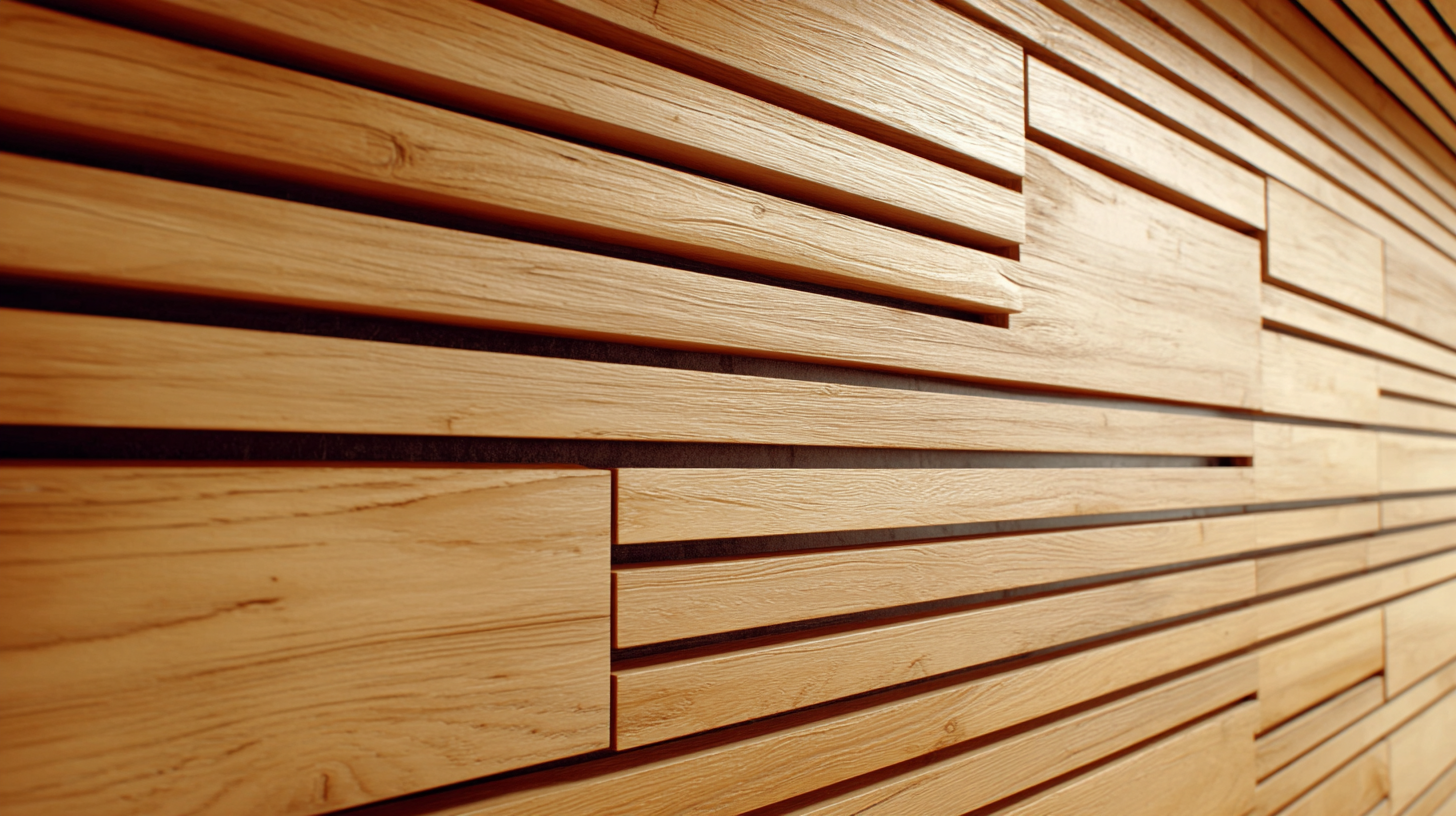
Related Posts
-
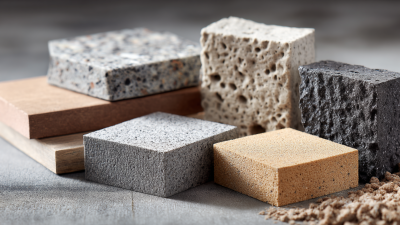
Global Leaders in Manufacturing: Discover the Best Acoustic Building Materials
-

Ultimate Guide to Enhancing Your Space with Panel Acoustic Wall Solutions
-

What are the Benefits of Using Acoustic Building Materials for Global Construction Projects
-
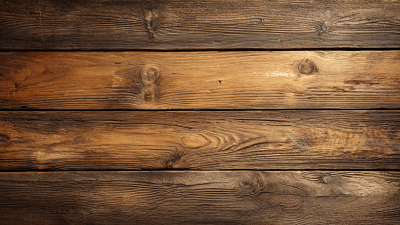
How to Choose the Perfect Wood Panel Wall Cladding for Your Home Decor
-

What are the Benefits of Using Interior Acoustic Panels in Modern Spaces
-

How to Transform Your Space with Stylish Acoustic Panels for Better Sound Quality
-

Phone
-

E-mail
-

wechat
wechat

-

whatsapp
whatsapp


